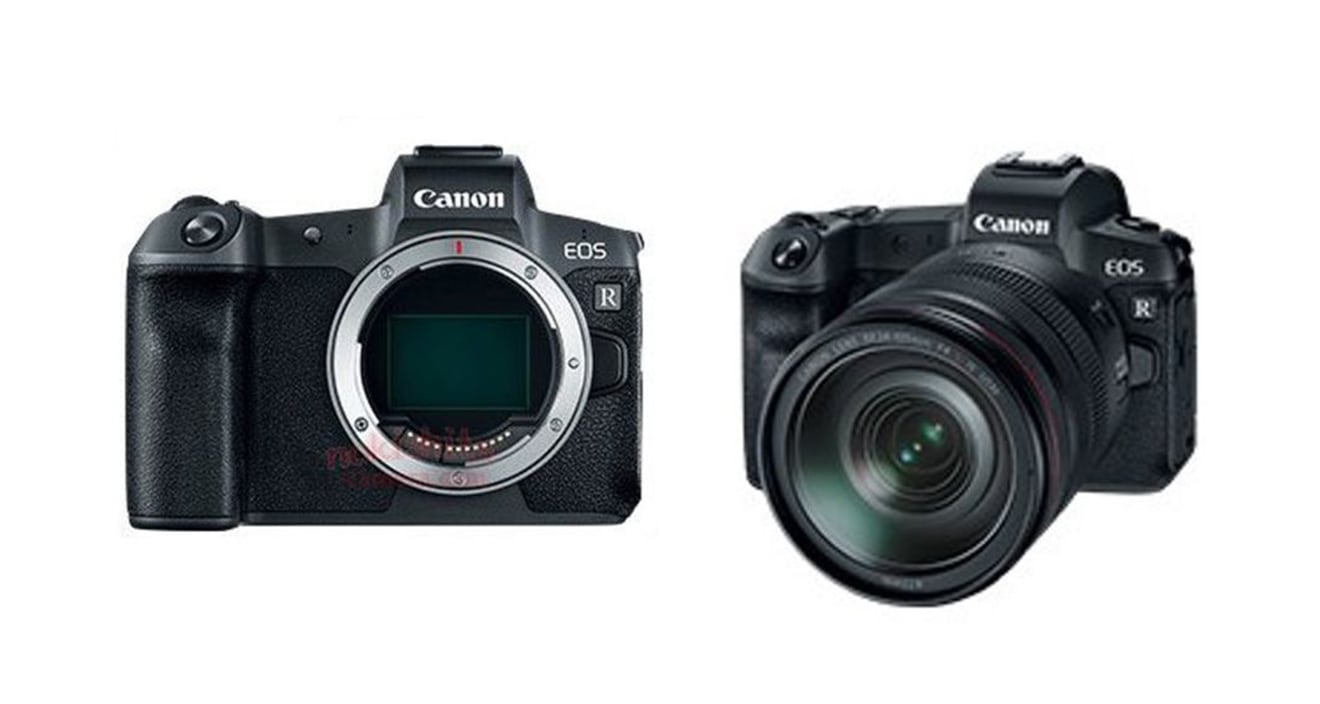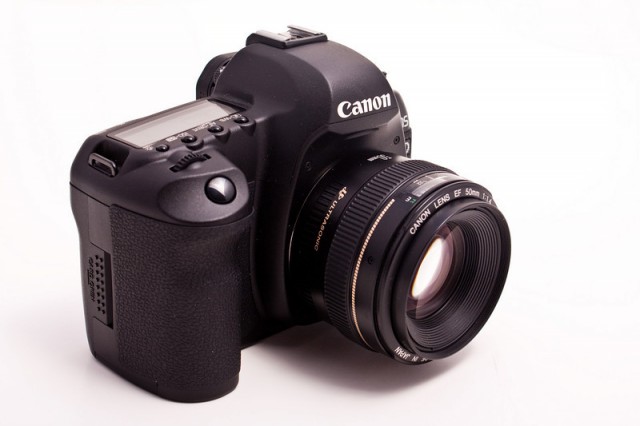

“Because you’re zoomed in with a crop sensor, it’s really hard to back out,” says Silva. The crop factor can be a handy hack to amplify your telephoto reach, but the flip side is that shooting wide-angle shots is difficult. As camera technology advances, the quality gap between crop sensors and full frames will continue to close. But in practise this may only become noticeable in certain situations, such as low-light conditions. If you shoot wildlife photography or sports photography, you can do pretty well with a crop sensor camera,” says Silva.Ī crop sensor can’t fit the same amount of information into a file as a full frame simply due to its smaller surface area. “The crop sensor’s smaller sensor gives your lenses extra reach.

While the crop factor can be seen as a weakness of these cameras, you can also turn this magnification to your advantage in scenarios where you need to get as close as possible. And mirrorless crop sensor cameras are so small that if you need something super portable, a crop sensor is great,” says Whitehouse.

“If you’re not ready to drop the cash for a full frame, it’s better to start with a crop sensor, which is also smaller and lighter. This means you’ll have to invest in the appropriate storage to house these larger files, from faster memory cards to cloud storage or backup drives. If you want to take your camera on the road for travel photography, street photography or photojournalism, full-frame lenses and bodies can be unwieldy to lug around. This is in part due to the size of the sensor. Keep in mind that if you choose a full-frame camera you’ll have to invest in full-frame lenses, which can be just as expensive as, if not pricier than, the body itself.Įven as mirrorless cameras continue to make great strides toward slimmer full-frame bodies, there’s no getting around the added bulk of a full-frame camera. “If you shoot landscape photography or anything that needs a wide frame, such as real estate photography or architecture, you’ll probably want a full frame.”įull-frame cameras are designed to meet the needs of enthusiasts and working professionals and their higher price tags reflect these extra features. It also means that if you accidentally underexpose or overexpose your image, a full-frame file (especially if you shoot in RAW) will give you the latitude to recover blown-out highlights or deep shadows more than a crop sensor can.īecause there’s no crop factor on full-frame sensors, “you’re able to get a wider field of view with your lens,” says Whitehouse. This means you can shoot higher contrast images. Newer full-frame DSLRs will give you the highest dynamic range. The two most common crop sensor sizes are APS-C and Micro Four Thirds, which have a 1.6x and 1.5x crop factor respectively.ĭynamic range refers to the complete range of exposure values in an image, from its darkest areas to its lightest. To find the equivalent angle of view for a lens on a crop sensor body, simply multiply the magnification amount by the focal length of the lens. “Canon has a 1.6x crop sensor, while Nikon, Sony, Sigma and Pentax have a multiplier of 1.5x and Panasonic and Olympus are 2x.” “Different camera bodies have different crop factors,” says photographer Whitney Whitehouse. For example, if you use a 50 mm lens on a crop sensor camera with a multiplier effect of 1.5x, your effective focal length will be the same as a 75 mm lens.

This means that the edges of your photo will be cropped for a tighter field of view. A crop sensor is smaller than the standard 35 mm size, which introduces a crop factor to the photos these cameras take.


 0 kommentar(er)
0 kommentar(er)
